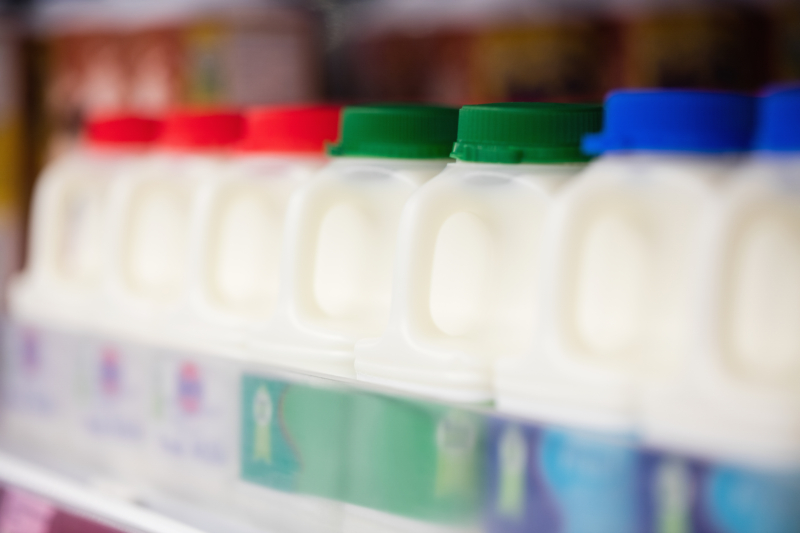By Jessica Domel
Multimedia Reporter
A bill that would expand students’ milk options at school has cleared a key hurdle.
The Whole Milk for Healthy Kids Act passed out of the U.S. Senate Committee on Agriculture, Nutrition and Forestry Tuesday in a voice vote.
The legislation would allow schools participating in the National School Lunch Program to offer flavored and unflavored organic or nonorganic whole, reduced-fat, low-fat and fat-free fluid milk and lactose-free milk, as well as non-dairy beverages that meet standards set by the U.S. Department of Agriculture (USDA).
“Milk is an important part of a balanced diet that delivers critical nutrients students need for growth and development,” U.S. Sen. John Boozman (R-AR), chairman of the Senate Ag Committee, said. “It makes sense for National School Lunch Program operators to have the authority to offer this healthful beverage to students during the school day.”
Currently, schools participating in the National School Lunch Program cannot serve whole and reduced-fat milk to students.
The foods and beverages schools offer students must meet USDA nutritional guidelines, including a requirement that meals have an average saturated fat content of less than 10% of the meals’ total calories.
This legislation, if passed, would exclude fluid milk from counting toward that requirement.
In a previous hearing, Boozman said allowing students to choose the kind of milk they prefer would be beneficial in ensuring the milk is actually consumed.
“School food service directors work tirelessly to meet nutrition standards, stay within tight budgets and determine what students will actually consume,” Boozman said. “There’s no point in commending ourselves for the nutritious value of school lunches if they wind up in the trashcan.”
In that hearing, Dr. Eve Stoody, director of the Nutrition Guidance and Analysis Division within the Food Nutrition Service at USDA, said evidence continues to support dairy as an important part of a healthy dietary pattern.
“And yet for about 90% of the U.S. population, dairy intakes fall below recommendations,” Stoody said. “Dietary intake data has shown reductions in intake over time, which sets the stage for nutrient shortfalls, particularly for calcium and vitamin D.”
The latest edition of the dietary guidelines states that healthy dietary patterns feature dairy, including milk, yogurt and cheese. It recommends that most dairy choices be fat-free or low fat and with no to little added sugars.
“Offering dairy during school meals supports consumption directly and can also set the stage for consuming a healthy dietary pattern outside of school meals,” Stoody said.
In addition to allowing other types of milk in school, the bill also would authorize parents or legal guardians of students, in addition to licensed physicians, to provide a written statement for their student to receive a non-dairy substitute for fluid milk at school.
“We mark National Dairy Month by advancing bipartisan legislation to improve children’s access to milk and other healthy beverages through school lunches,” U.S. Sen. Amy Klobuchar (D-MN), committee ranking member, said. “This legislation is good for our kids, and it’s good for our dairy producers—a win-win.”
The legislation now heads to the full U.S. Senate for its consideration.
The House version of the bill passed out of the Education and Workforce Committee in February and awaits further action in both chambers.
The American Farm Bureau Federation supports the bill.
“We encourage leadership in both the House and Senate to act quickly in bringing this bipartisan, bicameral legislation to the floor so that America’s students can choose the most nutritious option with their school meals,” AFBF President Zippy Duvall said.


Leave A Comment